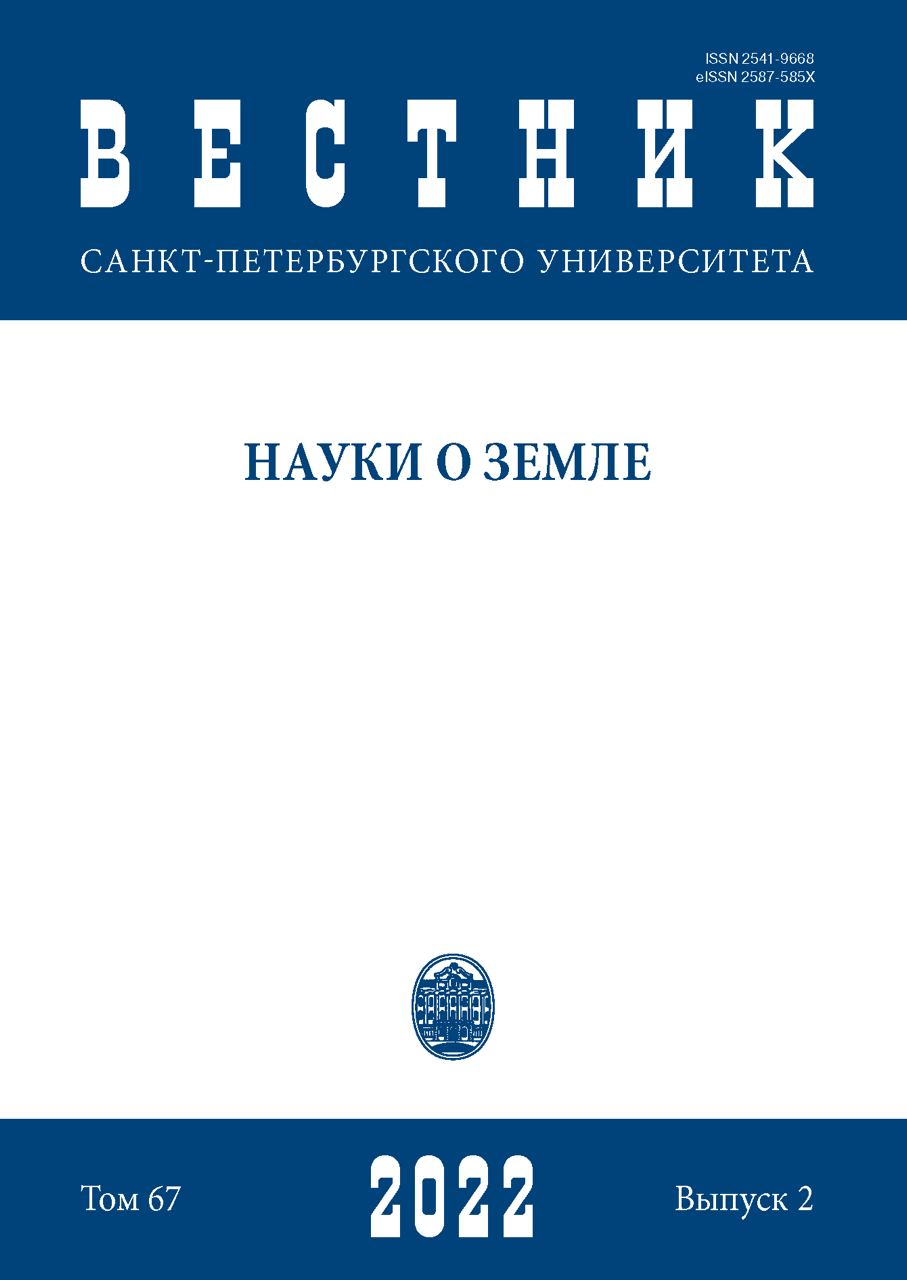Urbanization and Suburbanization: Which One Determines Population Migration in Moscow Oblast?
DOI:
https://doi.org/10.21638/spbu07.2022.208Abstract
The aim of this paper is to examine population migration to Moscow Oblast. Moscow Oblast belongs to a small number of Russia’s regions characterized by intensive and diverse population migration. The region attracts migrants from other federal subjects of Russia as well as from abroad, there are also a distinct migration flow to Moscow Oblast originating in Moscow and migration within the borders of Moscow Oblast itself. The motives for migration are analyzed separately for studied migration flows along with the factors of the region’s attractivity for migrants, the differences between migrant flows (moving to Moscow Oblast, moving within Moscow Oblast and ‘non-mobile’ population) are identified. The research was conducted with the help of a specially designed questionnaire via SurveyMonkey platform. The study showed that the ‘suburbanization’ motives for migration related to ecological situation, privacy and monotonous urban environment are not dominant even amongst groups of migrants who have moved to villa communities and townhouses. The following factors indicating great importance for all groups of migrants were identified: the ratio between land price and distance from the center of Moscow, access to the advantages of Moscow city’s labor market, service, and leisure industry. In this context, we can imply that importance of the ‘urban logic’ remains high. Survey responses on the importance of location characteristics, as well as demographic parameters show that the most peculiar population group is ‘non-mobile’ population of Moscow Oblast. Approximately 62% of respondents from households that include those who had migration experience are oriented to work or study in Moscow. The most ‘targeted’ at the capital are migrants who had moved to Moscow Oblast from Moscow.
Keywords:
motives of migration, reasons for migration, migrant, respondent, housing migration, Moscow Oblast, migration attractiveness
Downloads
References
Downloads
Published
How to Cite
Issue
Section
License
Articles of "Vestnik of Saint Petersburg University. Earth Sciences" are open access distributed under the terms of the License Agreement with Saint Petersburg State University, which permits to the authors unrestricted distribution and self-archiving free of charge.






